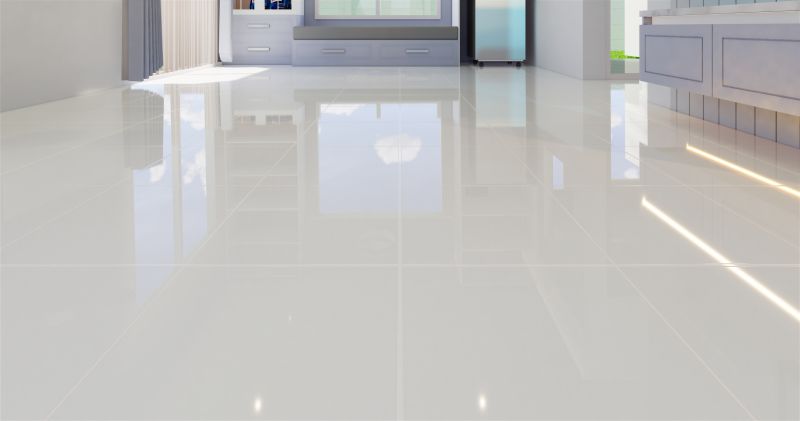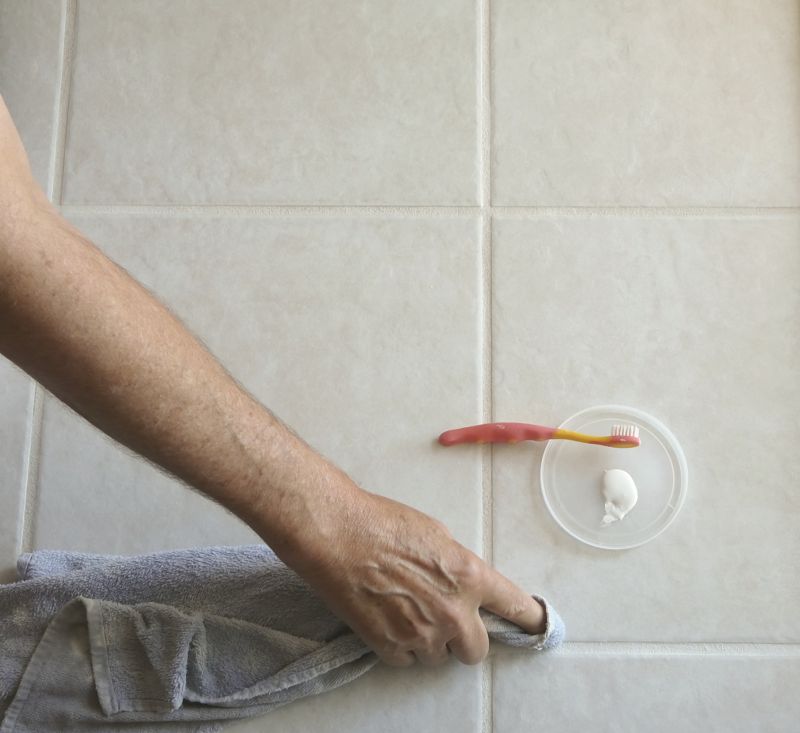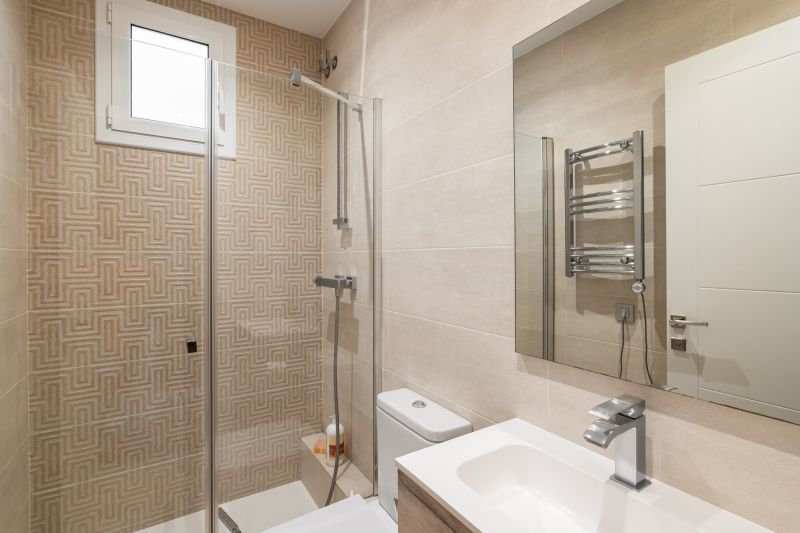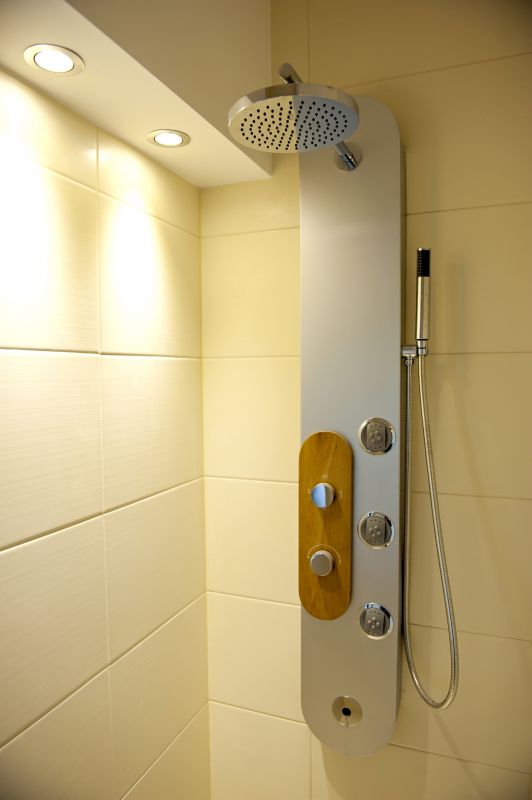Shower Waterproofing Tips
Welcome to Aberdeen Showers
Shower Waterproofing Tips
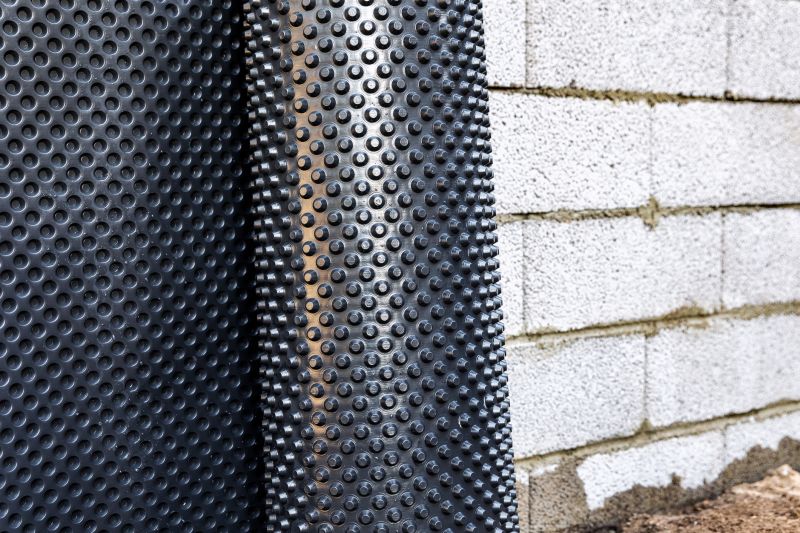
Essential Shower Waterproofing Tips for Homeowners
Shop for Shower Waterproofing Tips
Ensuring your shower is properly waterproofed is crucial for maintaining the longevity of your bathroom and preventing costly water damage. Understanding the key elements involved in shower waterproofing can help you make informed decisions when planning a bathroom renovation or new installation. This article explores important considerations, available options, and typical decisions homeowners face when waterproofing a shower.
One of the primary considerations in shower waterproofing is selecting the right materials. Waterproof membranes, sealants, and backer boards are common components used to create a watertight barrier. These materials are designed to prevent water from seeping into the walls and floors, where it can cause damage over time. When choosing materials, consider their compatibility with your existing bathroom setup and their durability under frequent exposure to moisture.
The type of finish you select for your shower can also impact its waterproofing effectiveness. Tiles, natural stone, and acrylic panels each offer different levels of water resistance and maintenance requirements. For instance, glazed ceramic tiles are popular for their water-resistant properties and ease of cleaning, while natural stone may require additional sealing to prevent moisture absorption.
Dimensions and layout play a significant role in the waterproofing process. The size and shape of your shower area will determine the amount of material needed and influence the installation method. A larger shower may require more extensive waterproofing measures, such as additional layers of membrane or specialized drainage systems to ensure proper water flow and prevent pooling.
Waterproof Membranes
Membranes are essential for creating a moisture barrier. Options include sheet membranes and liquid-applied membranes, each with unique application methods and benefits.
Sealants
Sealants are used to fill gaps and joints, preventing water ingress. Choose products designed for high-moisture environments to ensure long-lasting performance.
Backer Boards
These boards provide a stable surface for tile installation and help prevent water penetration. Cement and foam backer boards are popular choices.
Maintenance is another critical aspect of shower waterproofing. Regular inspection and upkeep can help identify potential issues before they escalate. Check for signs of water damage, such as mold or mildew, and ensure that seals and membranes remain intact. Addressing small problems promptly can extend the life of your shower and maintain its waterproof integrity.
When considering your waterproofing options, it's helpful to weigh the features and benefits of each component. Here is a brief overview of typical features and options:
- Sheet vs. liquid-applied membranes
- Cement vs. foam backer boards
- Tile vs. acrylic panel finishes
- Sealing requirements for natural stone
- Drainage system compatibility
| Attribute | Typical Options |
|---|---|
| Material | Membrane, Sealant, Backer Board |
| Finish | Tile, Natural Stone, Acrylic |
| Dimensions | Varies by Shower Size |
In summary, successful shower waterproofing involves careful selection of materials, finishes, and installation techniques. By considering these factors and maintaining regular upkeep, homeowners can enjoy a durable and water-resistant shower space.
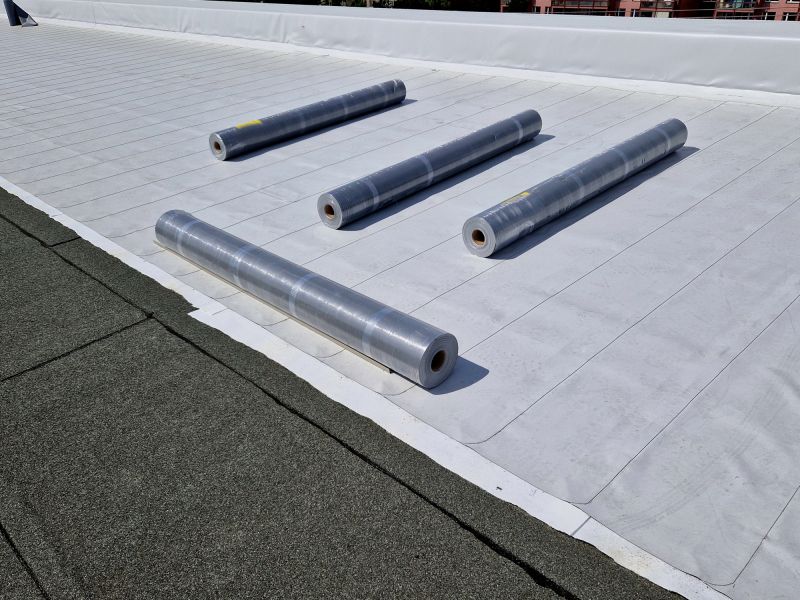
Waterproof Membranes
Membranes create a moisture barrier, available in sheet or liquid-applied forms, each with unique applications.
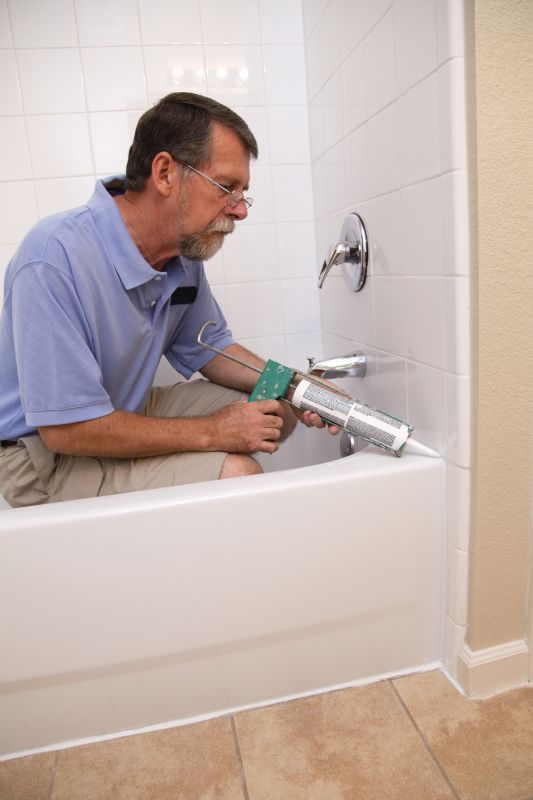
Sealants
Sealants fill gaps and joints to prevent water ingress, ideal for high-moisture environments.
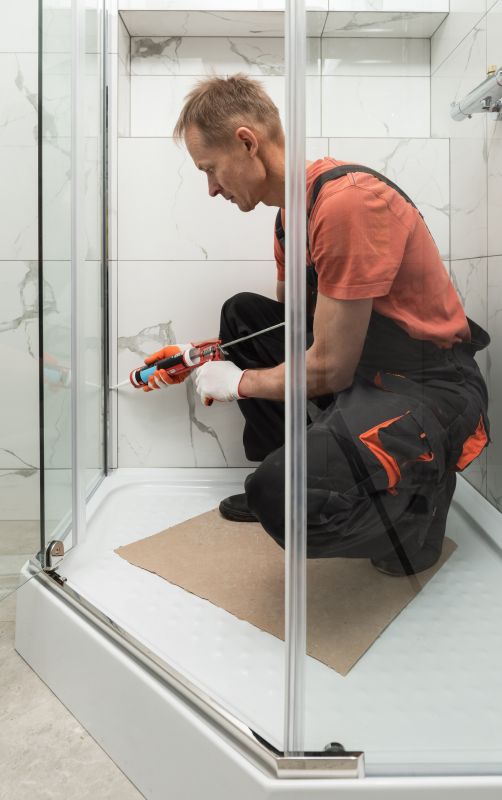
Backer Boards
Provide stable surfaces for tile installation, preventing water penetration; options include cement and foam.
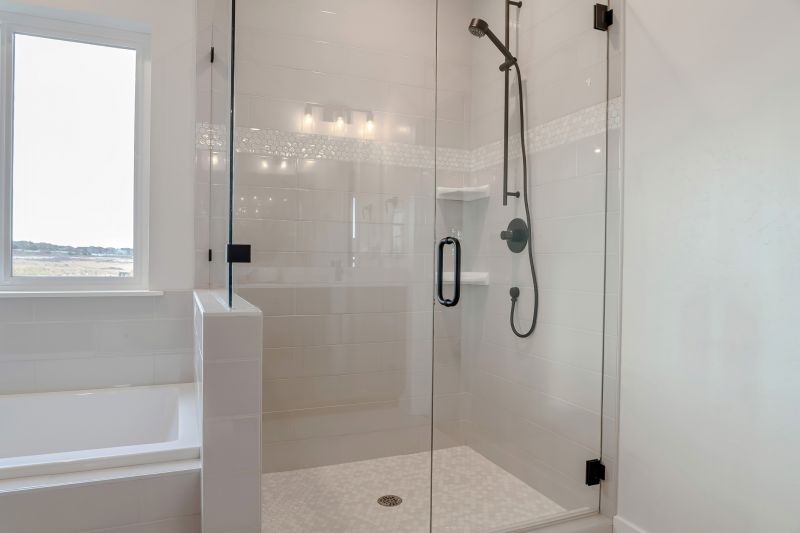
Acrylic Panels
Acrylic panels offer water resistance and low maintenance, suitable for shower finishes.
Choosing the Right Waterproofing Materials for Your Shower
Shop for Shower Waterproofing Tips
Features, Compatibility, and Selection Criteria
When it comes to ensuring the longevity and functionality of a shower, selecting the appropriate waterproofing materials is crucial. Homeowners often face a plethora of options, making the decision process overwhelming. Understanding the different materials and their attributes can simplify the selection process and lead to a more durable shower installation.
Waterproofing materials for showers typically include membranes, sealants, and backer boards. Each of these materials offers unique features and benefits. Membranes, for instance, are often used as a primary waterproofing layer behind tiles. They come in various forms such as sheet membranes and liquid-applied membranes, each suitable for different shower designs and applications.
Sealants play a vital role in waterproofing by sealing joints and corners where water might seep through. They are generally applied along seams and edges, providing an additional layer of protection. The compatibility of these sealants with other materials used in the shower construction should be considered to ensure optimal performance.
Backer boards are another essential component in shower waterproofing. These boards provide a stable and moisture-resistant surface for tile installation. They come in various thicknesses and compositions, such as cement or fiber-cement, each offering different levels of water resistance and ease of installation.
Membranes
Available in sheet and liquid forms, membranes are the first line of defense against water infiltration.
Sealants
Used to secure joints and edges, ensuring no water slips through vulnerable areas.
Backer Boards
Provide a moisture-resistant foundation for tiles, available in various thicknesses and materials.
When selecting waterproofing materials, it is important to consider the specific requirements of the shower installation. Factors such as the shower's size, shape, and the type of tiles being used can influence the choice of materials. Additionally, the ease of application and maintenance should be evaluated to ensure the materials meet the homeowner's expectations and capabilities.
Regular upkeep is essential to maintain the integrity of waterproofing materials. Routine inspections can help identify potential issues such as cracks or wear, allowing for timely repairs. This proactive approach can extend the life of the shower and prevent costly water damage.
- Consider material compatibility
- Evaluate ease of application
- Assess maintenance requirements
- Review durability and longevity
| Attribute | Description |
|---|---|
| Material | Membrane, Sealant, Backer Board |
| Finish | Varies by type |
| Dimensions | Thickness and size vary |
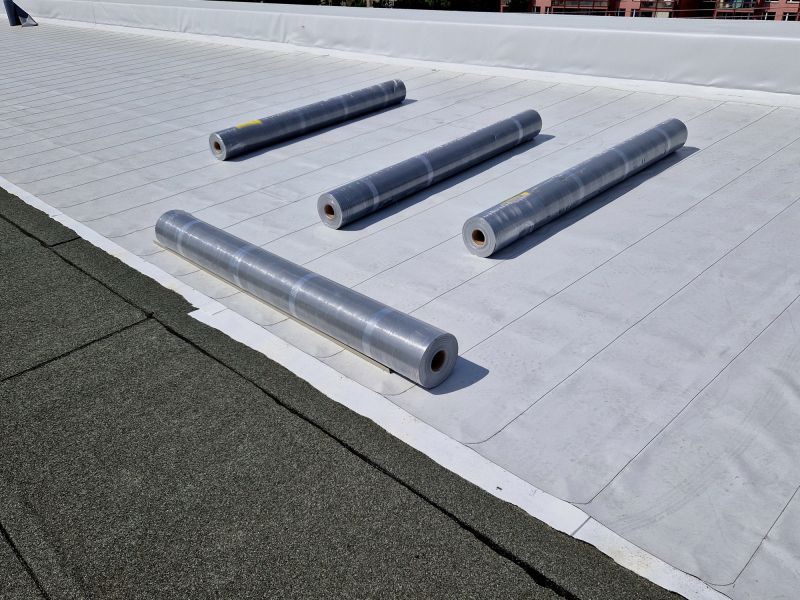
Sheet Membrane
A primary waterproofing layer for showers, preventing water infiltration behind tiles.
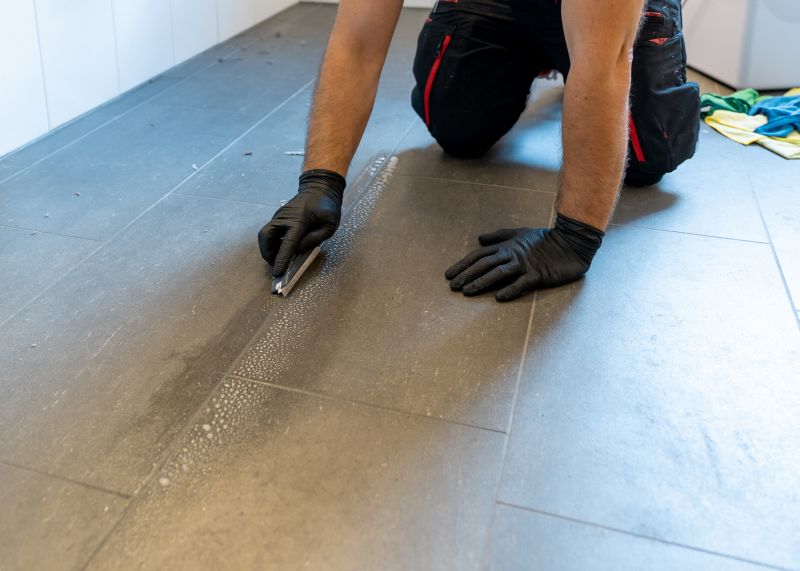
Liquid Membrane
Applied as a coating, offering flexible waterproofing for various shower designs.
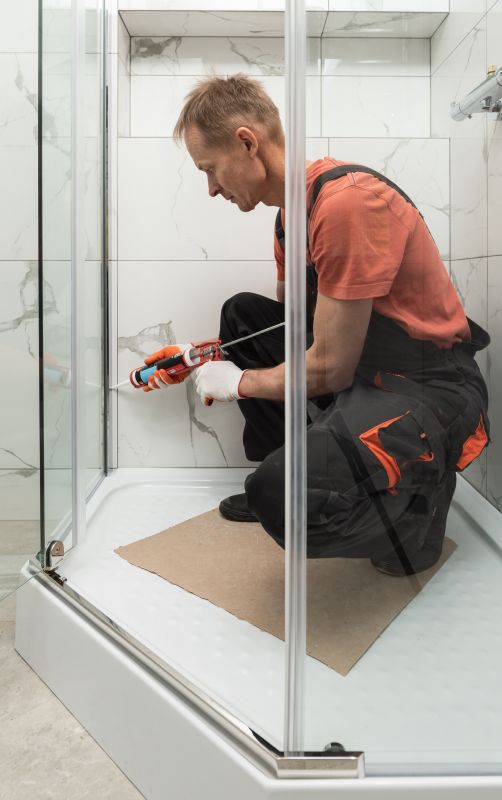
Waterproof Sealant
Secures joints and edges, preventing water seepage in vulnerable areas.
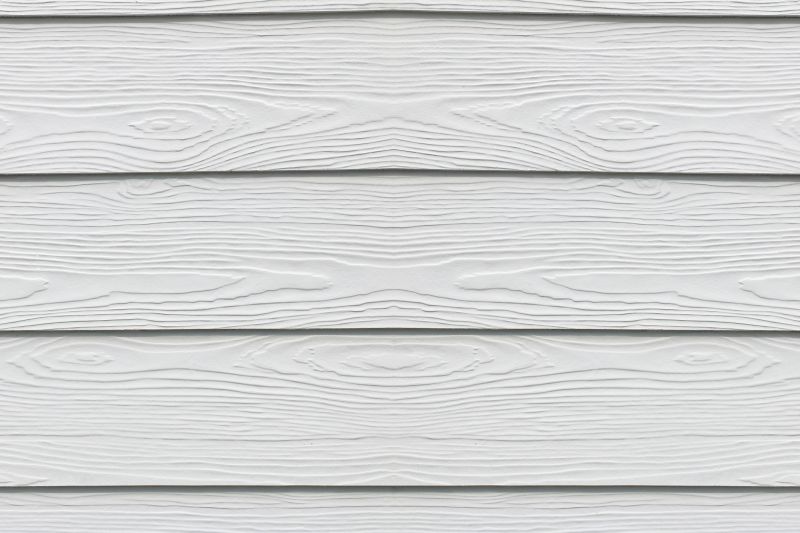
Cement Backer Board
Moisture-resistant foundation for tiles, available in different thicknesses.
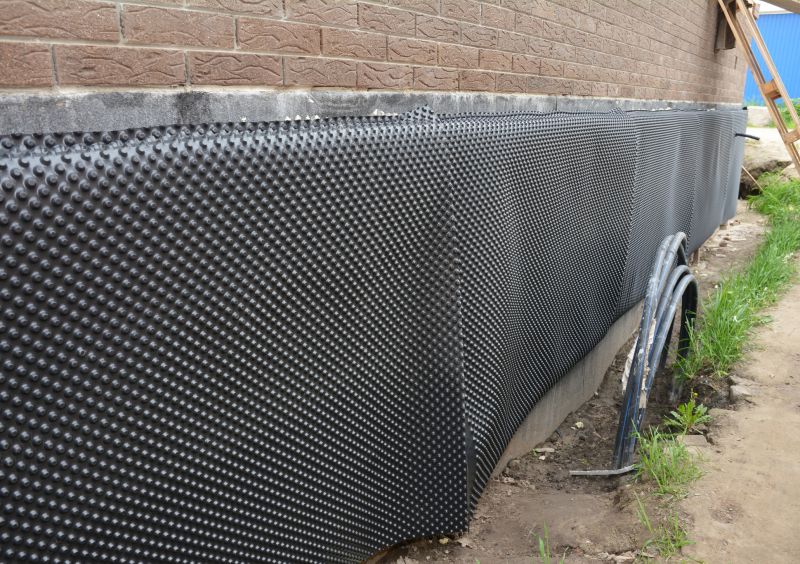
Maintaining Your Shower's Waterproofing: Tips and Expectations
Shop for Shower Waterproofing Tips
Upkeep and Long-term Performance
Maintaining the waterproofing of your shower is essential for preserving the integrity of your bathroom and preventing potential water damage. The selection of materials and finishes plays a crucial role in ensuring effective waterproofing. It is important to understand the various options available, from tile choices to sealant applications, and how they contribute to a watertight shower environment.
When selecting materials for your shower, consider attributes such as durability and resistance to moisture. Ceramic and porcelain tiles are popular choices due to their water-resistant properties and variety of finishes. Additionally, natural stone tiles, while visually appealing, may require more maintenance and sealing to maintain their waterproofing capabilities.
Finishes are another aspect to consider, as they impact both the aesthetic and functional aspects of your shower. Glossy finishes can enhance the look of your space but may require more frequent cleaning to prevent water spots. Matte finishes, on the other hand, offer a subtle elegance and can be more forgiving in terms of maintenance.
Dimensions and layout of your shower also influence waterproofing effectiveness. Properly sloped floors ensure water drains efficiently, preventing pooling and potential seepage. Additionally, the size and placement of tiles can affect waterproofing, with larger tiles minimizing grout lines and reducing potential weak points for water infiltration.
Regular upkeep is necessary to maintain your shower's waterproofing. This includes inspecting grout lines and sealant for any signs of wear or damage. Reapplying sealant periodically can help reinforce the waterproof barrier, while addressing any cracks or gaps promptly can prevent water from seeping into underlying structures.
Consider the compatibility of various waterproofing products and techniques with your existing shower setup. Some sealants and membranes may not be suitable for all materials, so it is important to select those that are compatible with your shower's specific attributes.
- Durable ceramic and porcelain tiles
- Variety of finishes: glossy, matte, textured
- Properly sloped flooring for efficient drainage
- Regular inspection and maintenance of grout and sealant
Tile Selection
Choose tiles that offer both aesthetic appeal and water resistance, such as ceramic or porcelain.
Finish Options
Glossy finishes provide a sleek look, while matte finishes offer subtle elegance and ease of maintenance.
Grout and Sealant
Regular inspection and reapplication of sealant can help maintain a watertight barrier.
| Attribute | Details |
|---|---|
| Material | Ceramic, Porcelain, Natural Stone |
| Finish | Glossy, Matte, Textured |
| Dimensions | Varies by design |
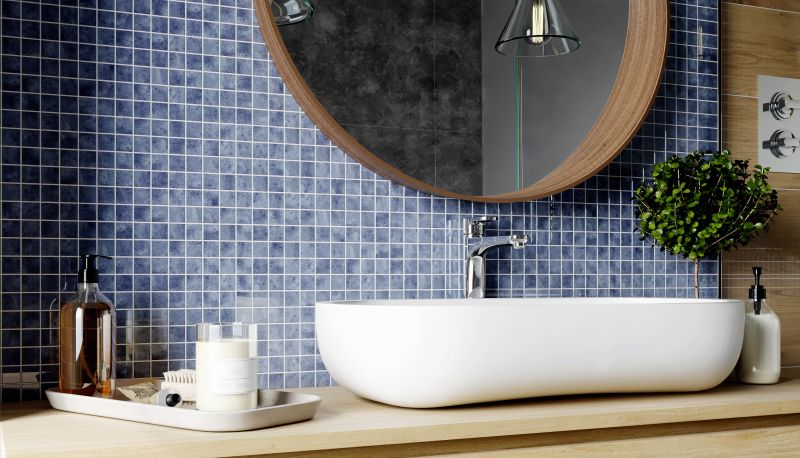
Ceramic Tiles
Durable and water-resistant tiles, ideal for shower waterproofing.
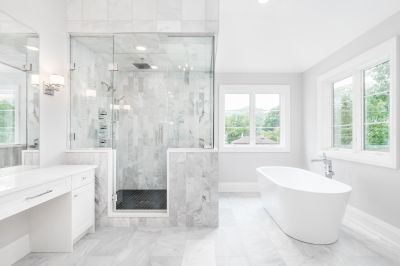
Porcelain Tiles
Water-resistant tiles available in various finishes for showers.
